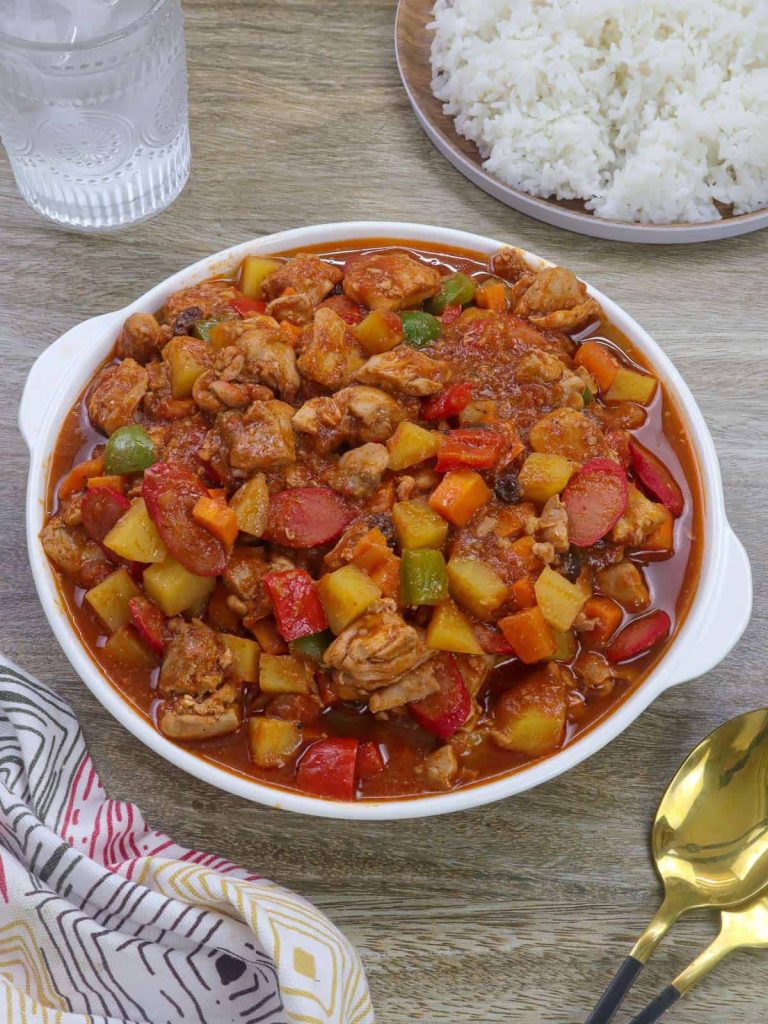Poached Pears: A Deliciously Nutritious Dessert with Rich History and Easy Recipes
Poached pears have been enjoyed for centuries, with roots tracing back to ancient Roman cuisine. The Romans cooked pears in wine, honey, and spices to create a delectable dessert. By the Middle Ages, this preparation found its place in European kitchens, evolving with regional influences. Recipes often featured local ingredients like apples, spices, and wine. Over time, poached pears became a staple dessert in various European countries, showcasing regional variations in flavor and technique.
Cultural Significance
In France, poached pears are often associated with the classic dessert Poire Belle Hélène, created by Auguste Escoffier in the 19th century. This dessert combines poached pears with chocolate sauce and vanilla ice cream. In Italy, pears are poached in red wine and served with a warm, spiced syrup, exemplifying the country’s love for combining fruit with rich, flavorful sauces.
Poached pears also hold a special place in holiday feasts across Europe. They’re commonly served during Christmas, adding a festive touch to the dessert table. In contemporary cuisine, chefs experiment with various poaching liquids and spices, highlighting the dish’s versatility and enduring appeal.
Choosing the Best Pears for Poaching
Variety Selection
Selecting the right variety is crucial for perfect poached pears. Certain types hold up better to poaching, maintaining their texture and flavor. Bosc and Anjou are top choices due to their firm flesh, which retains shape during cooking. Bartlett pears, while popular, may become mushy when poached, making them less ideal. Comice pears are another good option for their sweet flavor and firm texture.
Assessing Pear Freshness
Freshness impacts the final dish significantly. To assess pear freshness, check for firmness and consistency. The skin should be smooth and free from bruises. A slight give near the stem indicates ripeness, but avoid overly soft pears to prevent disintegration during poaching. Smell the pear for a light, sweet fragrance, which signals readiness for poaching. Selecting fresh, firm, and ripe pears ensures the best results.
Essential Ingredients for Poaching Pears
Choosing the Right Liquids
Poaching liquids significantly impact the flavor and aroma of your pears. Options include water, wine, and fruit juices. Water serves as a neutral base, allowing spices and sweeteners to shine. White or red wine imparts rich, complex flavors. For a non-alcoholic option, use apple or pear juice to enhance the fruit’s natural sweetness. Each type of liquid offers a distinct taste profile, so select one based on your desired outcome.
Sweeteners and Spices
Sweeteners balance the acidity of the poaching liquid and add depth to the pears’ flavor. Common choices include granulated sugar, brown sugar, and honey. Granulated sugar provides clean, straightforward sweetness. Brown sugar adds a molasses-like richness. Honey contributes a floral, nuanced taste.
Spices elevate the poaching liquid’s complexity. Popular spices include cinnamon sticks, cloves, star anise, and vanilla beans. Cinnamon sticks add warmth, cloves offer a pungent, warming spice, star anise lends a licorice-like flavor, and vanilla beans infuse a sweet, aromatic essence. Combining multiple spices can create a unique, layered flavor profile for your poached pears.
Step-by-Step Guide to Poaching Pears
Preparing the Pears
Start by selecting ripe but firm pears, such as Bosc or Anjou, for the best texture. First, peel each pear, leaving the stem intact for an elegant presentation. Next, cut a small slice off the bottom of each pear, so they stand upright during poaching. Core the pears from the bottom using a melon baller, removing seeds and creating a hollow center. This step ensures even cooking.
Cooking Techniques
Once the pears are prepped, choose your poaching liquid. Water, wine, or fruit juice works well, depending on your flavor preferences. Use a deep saucepan, combining the liquid with your chosen sweeteners like granulated sugar, brown sugar, or honey. Add spices such as cinnamon sticks, cloves, star anise, and vanilla beans for enhanced flavor.
Place the pears in the saucepan, making sure they’re fully submerged in the liquid. Bring the mixture to a gentle simmer over medium heat. Reduce the heat to low and cover the saucepan, allowing the pears to poach for about 20-30 minutes. Check for doneness by piercing the pears with a knife; they should be tender but not mushy. Remove the pears carefully using a slotted spoon and let them cool.
For a richer flavor, consider reducing the poaching liquid to a syrup. Increase the heat and simmer until the liquid thickens. Drizzle the syrup over the pears before serving.
Creative Serving Ideas for Poached Pears
Desserts and Sides
Explore various ways to use poached pears in desserts and sides. Serve them with a scoop of vanilla ice cream for an elegant dessert, and drizzle the reduced poaching syrup over the top. Add them to a cheese platter as a refined accompaniment, pairing well with blue cheese and brie. Incorporate poached pears into tarts or galettes along with almonds for a delicate bite. Layer them in parfaits with mascarpone and granola for a sophisticated brunch option. For a savory twist, use them as a garnish for roasted meats like pork or duck, where their sweetness complements the dish.
Presentation Tips
Ensure your poached pears look as good as they taste with these presentation tips. Slice poached pears thinly, fanning them out gracefully on a plate. Drizzle the reduced poaching syrup in a spiral or zigzag pattern to create visual interest. Position the pears upright in individual serving bowls, adding a sprig of mint or a cinnamon stick for garnish. For an added touch, dust the plate with powdered sugar or cinnamon before placing the pears. Use decorative plates with contrasting colors to make the pears stand out.
Health Benefits of Poached Pears
Nutritional Content
Poached pears retain essential nutrients found in fresh pears. According to the USDA, a medium-sized pear offers approximately 101 calories, 27 grams of carbohydrates, and 6 grams of dietary fiber. Vitamins like C, K, and various B-complex vitamins, along with minerals such as potassium, magnesium, and copper, are prevalent. Antioxidants, including flavonoids, promote overall health and reduce oxidative stress. Avoid overcooking to preserve nutritional integrity.
Dietary Integration
Poached pears, versatile and nutritious, complement various dietary requirements. For weight management, they satisfy sweet cravings without excess calories. Eating poached pears for dessert provides fiber, aiding digestion and promoting a feeling of fullness. Incorporating them into your diet introduces essential vitamins and minerals, enhancing your overall nutritional intake. Suitable for gluten-free and vegetarian diets, they are an excellent addition to balanced meals.
Conclusion
Poached pears aren’t just a delightful dessert; they’re a testament to culinary history and versatility. By selecting the right pears and using essential poaching ingredients, you can create a dish that’s both elegant and nutritious. Whether you’re looking to impress guests at a holiday feast or incorporate more healthy options into your diet, poached pears offer a delicious solution. Embrace this timeless treat and enjoy the blend of tradition and modern cuisine in every bite.






